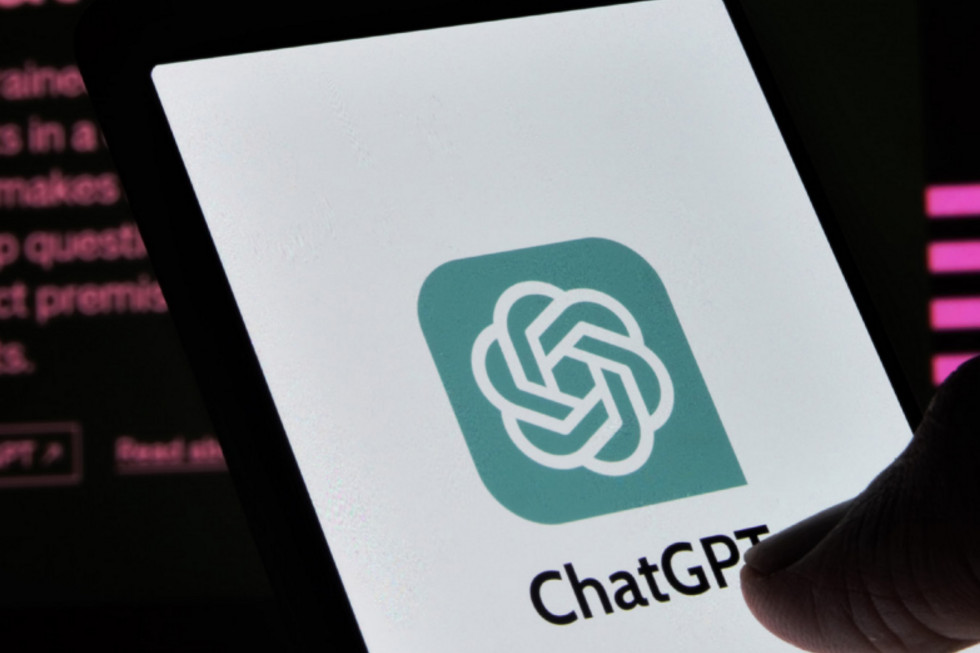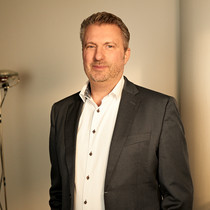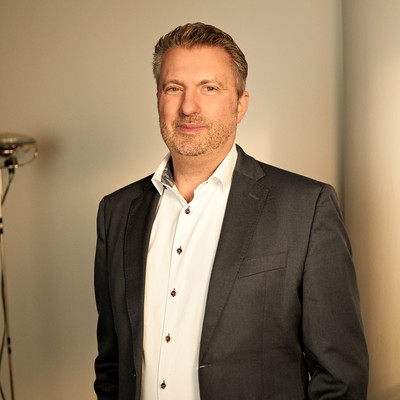AI Expert: "AI is a threat to those who sit on their hands"

What is Generative AI?
AI involves developing and using software to solve tasks in a manner that mimics human intelligence. When AI is used to 'create something,' it is called generative AI. This technology can generate text, images, sound, or video that do not already exist, produced by artificial intelligence. "Generative AI is an iPhone moment. It will revolutionize the way we communicate," says Thomas, one of the country's leading AI experts with 25 years of experience in the field.
According to Thomas, what has happened in recent years is that AI has gone from being a tool for tech enthusiasts to something everyone can use:
"Recently, I had to present some new features in an app. I used ChatGPT, a form of generative AI that can create text from speech, and spoke briefly to it. ChatGPT turned it into a series of sharp sentences that I could use in my presentation. And I was just sitting there with my phone, talking to it. If I had done the work myself, it might have taken hours," he says.
In other words, generative AI is a tool that can create something many people consider unique to humans but can now also be performed by machines.
Leadership must create a framework for innovation and change
Thomas believes that generative AI has many benefits—both for individuals, society, and businesses. He points out that generative AI can increase productivity and quality in many industries by automating or improving tasks that humans would otherwise have to perform. However, this requires a willingness to experiment and learn and for leadership to take action:
"You can't sit in a strategy meeting for weeks planning how to use AI. You have to dive in. It's the only way forward," he says.
He emphasizes that it is the responsibility of leadership to foster a culture that is open and curious about change and innovation, driven by employees. As a practical example of how leadership can facilitate this, Thomas points to the internal processes at Amazon:
"At Amazon, they have guidelines stating that if someone comes up with a new idea, you must write a five-page report if you want to shoot the idea down. In many companies, it's probably the opposite today: you have to write five pages if you want to implement an idea."
When is AI a threat?
"A lot can go wrong, but generally, nothing gets worse with a little more intelligence," he says, emphasizing, "For many companies, AI is mostly a threat to those who sit on their hands."
The real question might be whether a company has the resources for new AI tools like Copilot and to train employees in using AI. Here, Thomas makes a quick point: "If we spend a lot of resources training our employees and they leave, it's certainly unfortunate. But if we don't, and they stay, it's even worse."
He acknowledges that there are also challenges and pitfalls with using generative AI. For example, one must be careful not to leak personal data on the internet or blindly trust a hyperintelligent AI assistant, which Thomas suggests should be the default assumption.
Some employees might fear that AI will take over their jobs, but that's not the right way to think. It's another person using AI who will take over your job if you don't embrace and utilize AI tools in your daily work.
AI will transform wociety—significantly
Thomas is not shy about comparing generative AI to the invention of electricity, which was foundational to industrial society:
"AI, in general, will be as significant a disruption as the invention of electricity. And we're not just talking about lights in a bulb. It was what made globalization and industrialization possible. That's the direction we're heading," he says.
Generative AI is thus a technology that can create information from nothing, increasing productivity, quality, and innovation in many sectors. But it is also a technology that can be challenging to control and understand and can have unintended consequences. Therefore, it is essential for both leaders and employees to be aware of how we use AI. We need to be critical of what we do with AI and what AI does with us. But the most important thing is to jump into it—otherwise, AI will indeed become a threat.
Thomas Terney's three key tips for getting started with AI in your business:
-
Appoint a Chief Experiment Officer.
This person should ensure that no obstacles are placed in the way of employees experimenting with new ways of working. -
Identify Change Agents in the company.
They shouldn't be tech enthusiasts, but people who know the business well—and not necessarily those who raise their hands first. The change agents should be responsible for experimenting with new ways of working. -
Upskill the organisation.
It's a new way of working, so some form of training should be provided to make employees comfortable using the new tools. When employees are better prepared, the willingness to use the tools will also grow.
Thomas Terney
With a self-declared mission to provide more insight into artificial intelligence to the public, Thomas has been working with AI for over 25 years. He holds a PhD and is the author of the book "The Battle for the Future. Understanding Artificial Intelligence." He is also one of the country's most sought-after speakers in the field. He has worked for many years with some of Denmark's largest companies, preparing them for a digital future, and is a former Director of Digital Strategy at Novozymes. Today, Thomas is the CEO of the award-winning startup Athlee.com.


